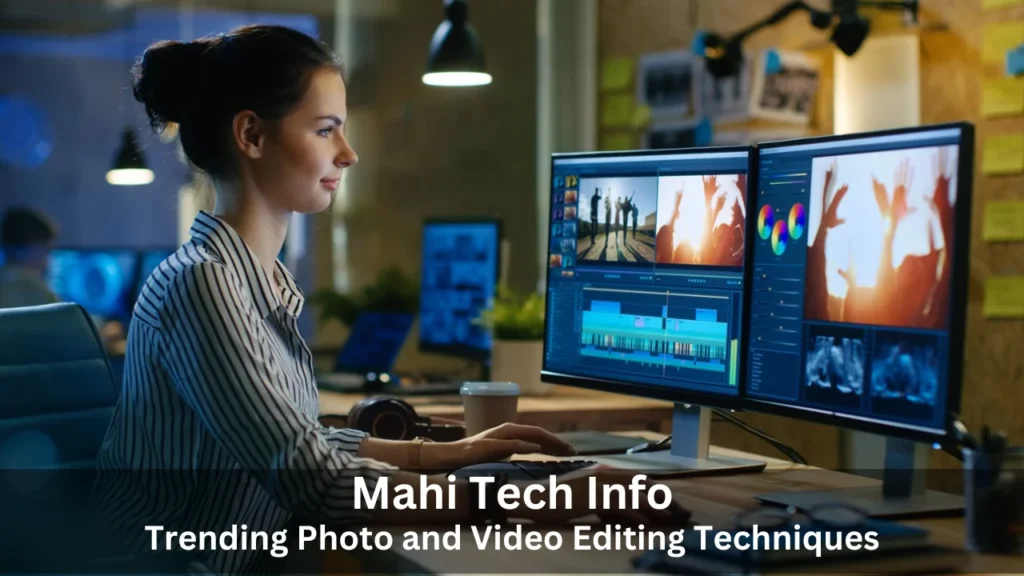Multimodal AI is revolutionising how we create, edit, and distribute content across platforms, breaking down traditional barriers between text, images, audio, and video. Unlike previous AI models that operated in isolated silos, today’s multimodal AI models can seamlessly process and generate multiple types of media simultaneously.
As we approach 2025, these multimodal generative AI capabilities aren’t merely theoretical; they’re actively transforming industries from healthcare to education and marketing. Whether you’re a content creator, brand manager, or industry professional, understanding multimodal AI applications will be essential for staying competitive in the rapidly evolving digital landscape. This guide explores how these powerful tools will fundamentally change your content creation processes and what you need to know to harness their full potential.
How multimodal AI evolved into a content creation powerhouse
The journey of multimodal AI began long before it became a buzzword. Back in 1968, Terry Winograd created an early system that could manipulate blocks following human instructions, a primitive yet groundbreaking step. Nevertheless, the real multimodal evolution started gaining momentum with Apple’s Siri in 2011, which processed voice inputs to generate text outputs or actions.
What truly transformed multimodal AI systems into content creation tools was their ability to work with diverse data types simultaneously. Rather than processing a single input channel, like traditional AI that focused on imitating human perception through one data type, multimodal models integrate information across multiple streams. This holistic approach mirrors how humans naturally perceive the world.
Behind this evolution lie sophisticated neural networks specifically designed to understand different data forms. Through techniques like transformers and fusion models, these systems can now connect information bits from various sources. Anyone taking a GenAI course today would learn that modern multimodal architectures typically contain three key components: input modules handling different data types, fusion modules that integrate this information, and output modules that deliver results.
Key ways multimodal AI is transforming content creation
The practical applications of multimodal AI are reshaping content creation in ways that were once confined to science fiction. Through a powerful combination of text, images, audio, and video processing, today’s content creators have gained access to tools that dramatically enhance their creative capabilities.
At the core of this transformation is the ability to generate content across multiple formats simultaneously. Tools like DALL-E and Midjourney allow creators to describe what they want and receive images, animations, or even voiceovers that match their vision. Moreover, Canva’s Magic Design uses AI to transform photos into smart designs containing specified headlines, styles, and media, essentially letting you start much closer to the end of the design process.
Content personalization has also made significant progress. Multimodal AI systems analyse data from multiple sources, such as text, images, voice, and user behaviour, to build richer customer profiles and deliver tailored experiences. Subsequently, these systems can process live data streams to adjust content instantly, creating dynamic website experiences that adapt visuals and copy based on a user’s past interactions.
Cross-modal content creation represents perhaps the most exciting frontier. Imagine generating a complete multimedia presentation from a single prompt – producing synchronised video, audio, and visual elements that work together to tell a compelling story. Essentially, this capability is transforming industries from marketing to entertainment and education.
For those completing a Gen AI course, understanding these tools provides distinct advantages:
- Creating diverse content formats (text, images, videos) with remarkable precision
- Experimenting with various styles to produce unique, standout content
- Developing immersive experiences by integrating visual, auditory, and textual elements
Also Read: Premium and Versatile Custom Rigid Boxes for Every Brand
What this means for creators, brands, and industries
The widespread adoption of multimodal AI marks a pivotal shift for professionals across creative industries. Many creative professionals have already incorporated AI tools into their workflows, significantly enhancing both productivity and creative potential.
For creators, multimodal generative AI serves as a collaborative partner rather than a replacement. Those completing a GenAI course today discover that these tools handle technical complexities while allowing artists to focus on strategic creative decisions. This partnership enables creatives to explore bolder directions with the safety net of rapid iteration, leading to more nuanced and diverse outputs.
Brands face both opportunities and challenges in this evolving landscape. Multimodal AI systems offer unprecedented capabilities for content personalization, enabling companies to create tailored experiences across platforms. Furthermore, these technologies dramatically accelerate prototyping, transforming how products move from concept to testing with minimal resources. Yet, balancing innovation with authentic brand identity remains crucial.
Industries must navigate complex ethical and legal considerations. Concerns about intellectual property rights have intensified as AI training incorporates copyrighted works. Finding equilibrium between technological advancement and maintaining a thriving creative ecosystem requires thoughtful approaches to ownership and fair compensation.
Beyond creative fields, multimodal AI applications are reshaping sectors from healthcare to retail. In healthcare, these systems integrate diverse data types to improve diagnoses and treatment plans. Meanwhile, retailers harness multimodal AI to merge data from shelf cameras, transaction records, and customer interactions for enhanced inventory management and personalised promotions.
Conclusion
As we look toward 2025, multimodal AI stands at the forefront of a creative revolution. Throughout this article, we’ve seen how these technologies break traditional barriers between different media types, offering unprecedented opportunities for content creation.
Undoubtedly, the shift from single-mode to multimodal systems represents more than just technological advancement; it fundamentally changes how you conceptualise, produce, and distribute content. Rather than working with text, images, audio, and video separately, you can now seamlessly integrate these elements into cohesive creative projects.
Whether you’re a professional creator, brand marketer, or industry specialist, adapting to this new paradigm offers significant advantages. After all, those who understand multimodal AI capabilities gain a competitive edge in an increasingly dynamic digital landscape. Taking a Gen AI course, therefore, becomes essential for anyone looking to stay relevant in tomorrow’s content creation ecosystem.



